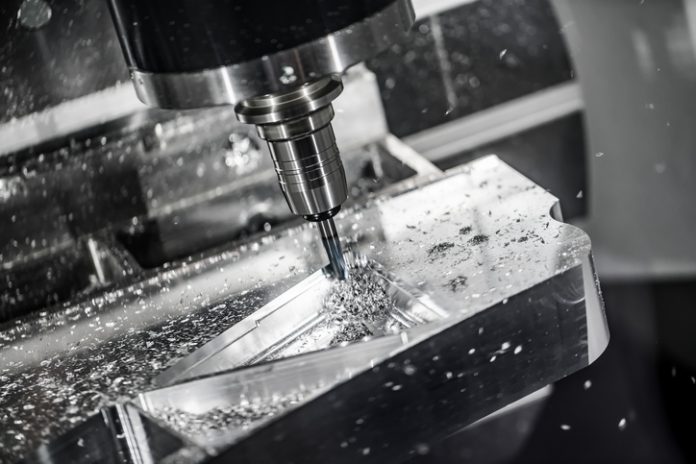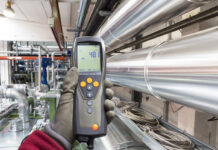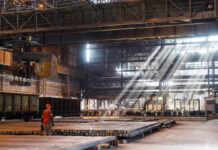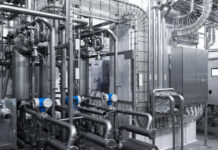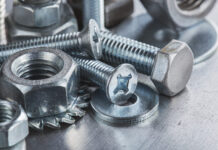Quickly and cost-effectively constructing a tangible prototype of a new product or service is known as rapid prototyping. Some proposals will just be used as decorative mock-ups or scale models, while others will be required to meet more stringent operational criteria.
Prototypes are used for testing, modifying concepts, and fine-tuning system effectiveness. As a result, manufacturing energy, flexibility, and scalability are desirable qualities.
Let’s take a closer look at CNC machining service and why it’s a good choice for rapid prototyping.
Attempts to mimic the finished product
Some models are created merely to mimic the ultimate product’s design, while others mimic both its look and layout. When you employ quick CNC machining, the model will look and perform astonishingly like the end product.
CNC machining can make a single final component or a series of pieces for your prototype following the design. Different rapid prototyping techniques, such as 3D printing, are commonly used to create visual renderings of the prototype or parts.
CNC machining, on the other contrary, generates products that are very similar to those produced by injection molding, a standard mass-production technology. Consequently, CNC machining creates long-lasting, functional parts that are remarkably similar to the final, ready-to-sell items.
Extraordinary results
CNC machine equipment can significantly reduce the time it takes to manufacture and assemble things. The CNC machine tools have a considerable spindle speed and feed capability, cutting large quantities of products quickly and efficiently.
For CNC machine tools, high-speed machining is now a possibility. CNC machine tools are used to manipulate parts. The quick acceleration and positioning of the semi-finished product and the high-speed cutting reduce process cycle times and increase output.
There are numerous materials to choose from
Although most 3D printing services employ plastic polymers, CNC machining utilizes a wide variety of materials. The most commonly used materials are CNC aluminium and aluminum alloys. There are, however, a plethora of supplementary resources.
Nonmetallic substances such as plastics, wood, and foam can make CNC machines. This enables a prototype with the appropriate hardness, tensile strength, wear tolerance, and other qualities to be a breeze.
Extremely versatile
Processing software influences how CNC machine tools can machinate parts. It’s not like a standard milling machine. Several gears and fixtures don’t need to be made or changed, and the machine tool doesn’t have to be modified on a consistent schedule.
CNC machine tools are thus perfect for circumstances wherein parts must be changed frequently. It’s ideal for single-piece, small-batch production and product development since it shortens the production preparation cycle and lowers process gear costs.
Takeaway
Rapid prototyping is a wonderful option for individuals who would like to test their product before going into mass manufacturing. This procedure is significantly faster than 3D printing or injection molding if you need a prototype right away.
Rapid prototyping with CNC milling offers numerous benefits and results in a high-quality item prototype. Moreover, the excellent quality of the prototype allows you to test your product in a variety of ways before going into total production, enabling you to make changes.


